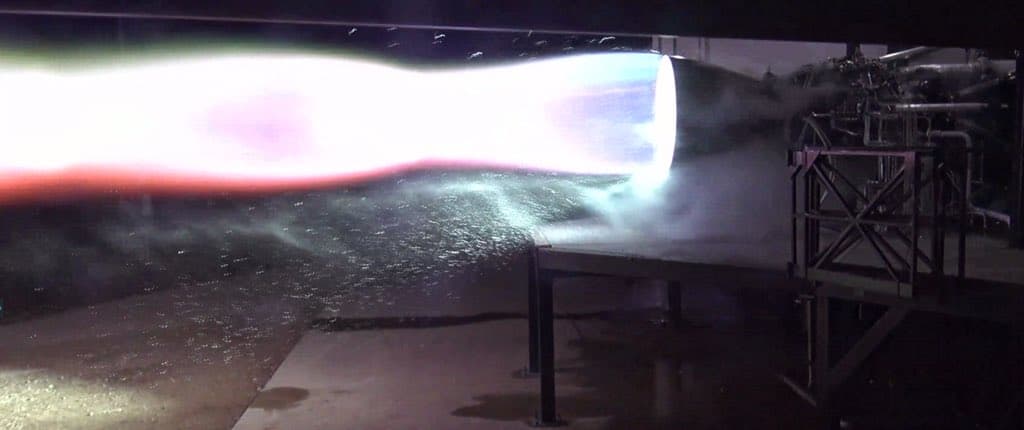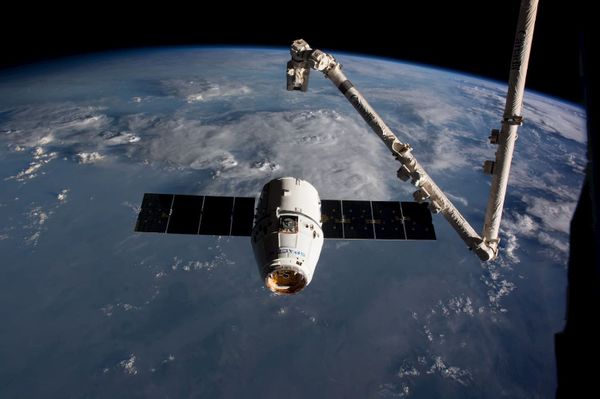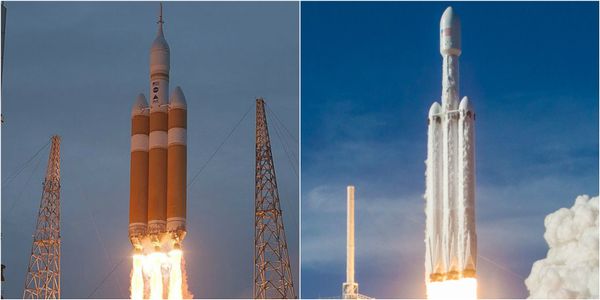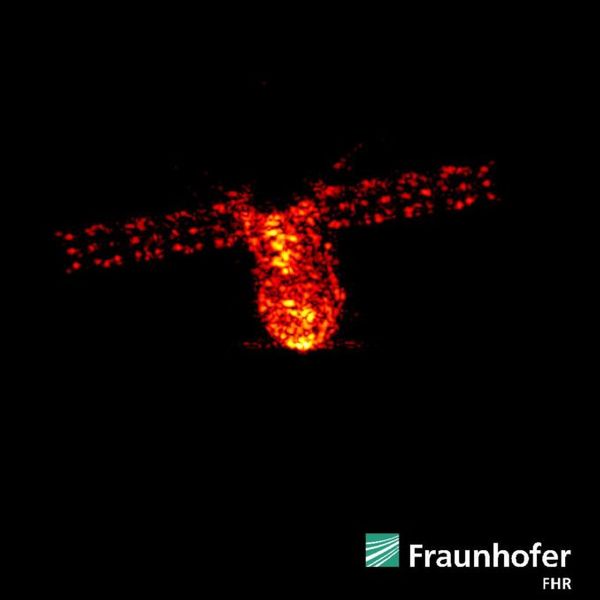The fate of SN4
On Friday, May 29th, 2020, SpaceX's SN4 test vehicle completed the fifth static fire of its Raptor engine. Shortly after the successful test, a leak formed at the base of the vehicle before the entire vehicle exploded suddenly. All that remains are charred fragments of stainless steel draped over the launch pad.
RIP Starship SN4 😭https://t.co/klPMtZHxjW pic.twitter.com/hrrElBXmSC
— Chris B - NSF (@NASASpaceflight) May 29, 2020
SN4, or Serial Number 4, represented the sixth attempt at constructing a Starship prototype vehicle capable of eventual hops to suborbital altitudes. SpaceX started welding steel plates in Boca Chica, Texas for what became StarHopper in December 2018. Over the past year and a half, the manufacturing effort has moved from welders in a field, to an elaborate complex of tents and semi-permanent structures representing the early establishment of a rocket assembly line.
SN4 had undergone a series of tests that seemed to indicate early design problems had been solved. On May 9th, the vessels tanked were pressure tested to 7.5 bar, near the 8.5 bar design goal for crewed flight. Prior test vessels had ruptured and failed during these tests.
SN4 passed high pressure (7.5 bar) & engine thrust load at cryo
— Elon Musk (@elonmusk) May 10, 2020
SN4 had undergone several static fires using Raptor SN18. SpaceX has been iteratively improving the design of its Raptor engines after reaching record-breaking chamber pressures in early 2019. After these initial tests, Raptor SN20 was installed along with a new mass simulator on top, designed to mimic the weight of the full nosecone and payload. After the latest static fire, SN4 detonated suddenly.

Procedural Failures
Elon Musk, leaving the KSC press site just now, said of yesterday's Starship test in Boca Chica Texas: "Unfortunately what we thought was going to be a minor test of a quick disconnect ended up being a big problem," referring to the explosion. pic.twitter.com/dqnQv1lqBV
— Joey Roulette (@joroulette) May 31, 2020
According to Elon Musk, an issue with the Ground Support Equipment (GSE) was part of the cause of the destruction of SN4. This would be the second time an issue not related to the vehicle destroyed the vehicle during a test. SN3 successfully passed its cryogenic pressurization test, but during detanking, one of the tanks lost pressure causing the vehicle to implode.
“There are redundant pressure control valves. It’s a new system and SN3 was simply commanded wrong. Rockets are hard. Good news is that this was a test configuration error, rather than a design or build mistake. Not enough pressure in the LOX tank ullage to maintain stability with a heavy load in the CH4 tank. This was done with N2.” - Elon Musk via Twitter
Both of these failures call into question the procedures and rapid pace SpaceX is pursuing during Starship development. SpaceX had just received a Federal Aviation Administration (FAA) license to conduct test flights with their Starship vehicles. SN4 would have flown to 150m, the same altitude the very first test vehicle, StarHopper, flew to in April 2019. Progress was expected to be rapid after that first test flight, but technical issues have damaged all of the follow-up test vehicles.
Building a Rocket Factory
Starship SN4 tank on test stand pic.twitter.com/zN2OmMp1OS
— Elon Musk (@elonmusk) April 23, 2020
However, the follow-up test vehicle with three raptors, SN5, is nearly finished. The time between iterations of Starship has been decreasing over the past year. SN6 has begun assembly and SN7 components have been spotted in Boca Chica. With the rate of production increasing, the delay caused by testing failures decreases. It is possible one of these vehicles will successfully complete a 20 km test flight, validating the key design elements needed for propulsive landing of a much larger rocket than the Falcon 9. Even if it takes until SN12, we could see a successful flight in 2020.
The pressure to move quickly is even more intense now that Starship has been selected as part of NASA's Human Landing System (HLS) program. SpaceX has been awarded a $135 million contract for ten months of Starship development. Progress over the next ten months is critical, as NASA may down-select from three competitors for the next phase of the HLS program. If SpaceX does not continue to the next phase of HLS, they will miss out on potentially billions of dollars of development funds and must continue to fund Starship development out of company revenue. The stakes for the Starship program have never been higher, and SpaceX will be refocusing on Starship now that Crew Dragon has successfully launched astronauts to the International Space Station.
Listen to our thoughts on the recent SpaceX DM-2 mission and its impact on SpaceX, NASA, and commercial spaceflight below.








